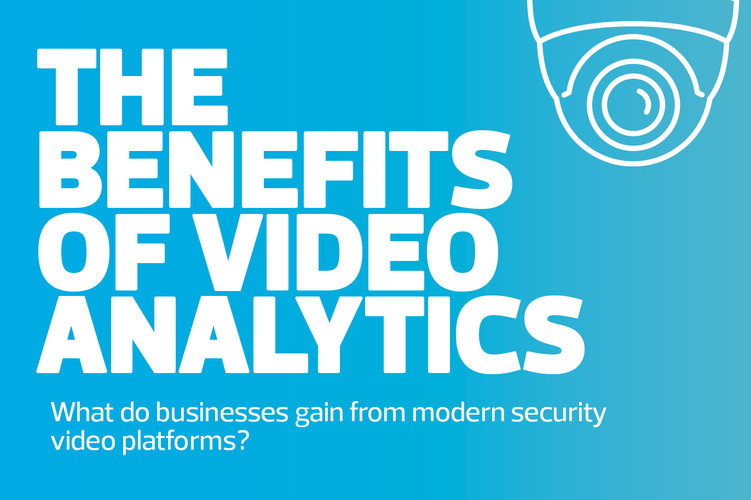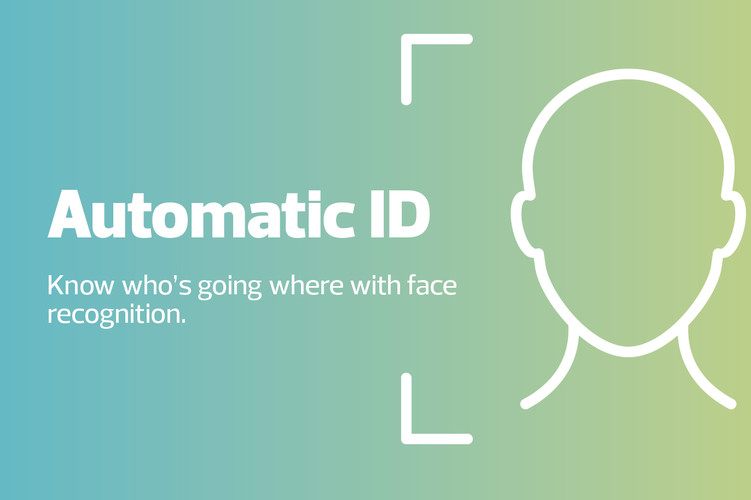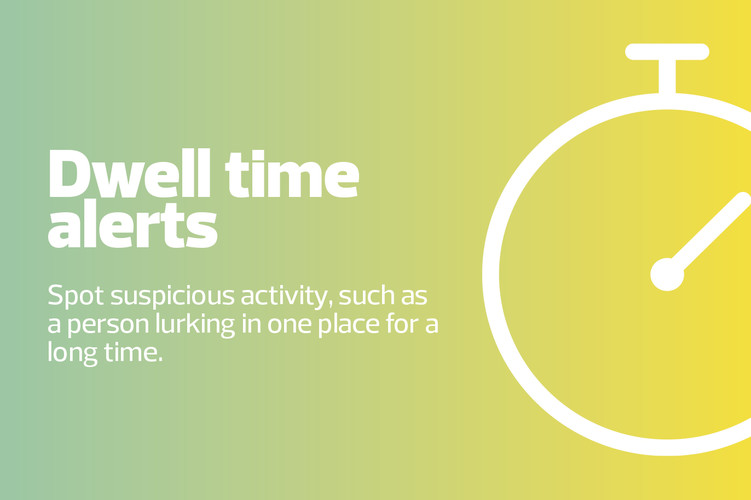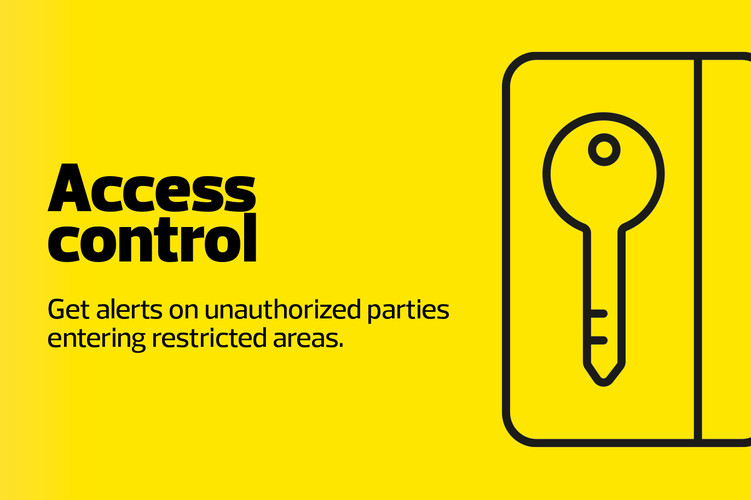Many organizations, including the Oxford Collection, are investing in new IP-based security camera solutions with video analytics to provide real-time situational awareness, bolster security and offer insights that enable them to better manage business operations.
The amount of information businesses can get from raw video feeds is low. It’s analytics that provides value, and new cameras with resolution ranging up to 4K are enabling video surveillance providers to incorporate analytics features into their video management software, says Mike Jude, IDC’s research director for video surveillance and vision applications.
“Traditionally, the video surveillance market was driven by hardware with better cameras,” he says. “In the future, it’s going to be driven by better software.”
Today, a company with a manufacturing plant can leverage video analytics software to monitor for quality assurance, track inventory and ensure worker safety, he says. For example, analytics software can alert management when manufacturing supplies are low or identify employees who are not wearing personal protective equipment on the factory floor.
DIVE DEEPER: Learn how video analytics can provide your organization a competitive edge.
How Intelligent Video Surveillance Can Improve Safety and Operations
The IT department at the Oxford Collection headquarters in Bend, Ore., piloted several IP-based video surveillance systems, but it standardized on Verkada for several reasons. Its high-quality cameras, video analytics capabilities and cloud-based storage and management software will enable the hotel chain to create a unified camera system and easily manage and support video surveillance across its hotels.
“It was the best fit for us as far as quality, searchability of footage, storage and archiving,” Hagan says.
The Oxford Collection has not yet standardized on a video platform. It uses seven different camera systems that store video onsite using digital video recorders (DVRs) and network video recorders (NVRs).
Today, investigations require onsite staff to manually sift through video to find footage. They must then save video files onto a USB drive or burn a disk to make it available to corporate executives. In contrast, Verkada, with its cloud-based storage and management software, will provide hotel leadership remote access for the first time. The company can also email a link to police, providing law enforcement access with a customizable expiration date.
The company typically stores video footage for 30 days, but it can archive foot-age and store it long-term if needed.
“The scalability and flexibility are unmatched with anything we previously had,” Hagan says. “If an incident arises that has a potential legal implication with a guest or employee, it’s easy to search and go right to that point in time.”
MORE FROM BIZTECH: Discover how to modernize your video surveillance.
The company, which plans to upgrade the camera systems across its properties over the next five years, began at the Oxford Hotel Bend, its flagship site, and will fully upgrade its Oxford Suites Redding hotel in California with 30 new high- definition and 4K cameras this year.
So far, the IT staff has installed 20 cam-eras, situated in the Bend hotel’s new Roam restaurant, in front of the hotel, and in the valet parking area and an alleyway. The team will add eight more cameras this year in an adjacent parking garage.
The company uses Verkada’s license plate recognition technology to help police with investigations. It also uses the cameras and analytics to improve customer service and better manage operations. Hotel managers check the restaurant dining area in real time, and if it’s busy, they can augment restaurant staff with hotel staff, Hagan says.
The Verkada cameras, which run on Power over Ethernet, are easy to install and manage, says Matthew Miller, Oxford’s systems analyst. The IT staff only needed to install Category 6 cabling.
“It’s pretty much set it and forget it,” Miller says. “When we need it, it’s there, and it’s cloud-based, so we don’t have to fuss with on-premises storage.”














